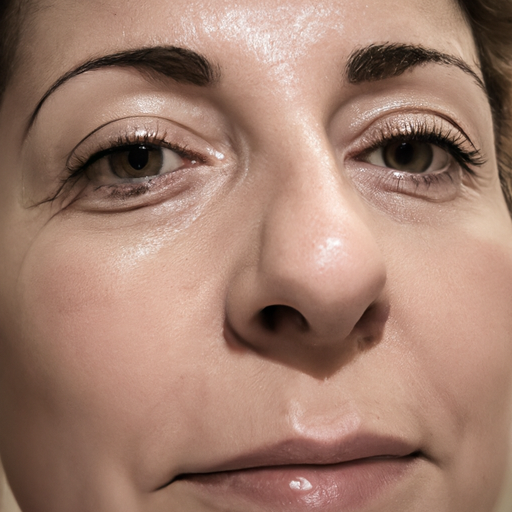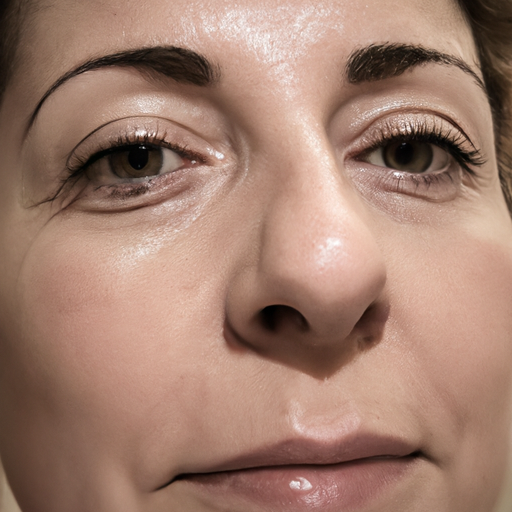Title: Unmasking Acne: A Dermatologist’s Deep Dive into Symptoms and Causes
As a dermatologist, I have encountered countless patients who are grappling with the distressing issue of acne. This common skin condition, affecting millions worldwide, is often misunderstood and can lead to emotional distress and self-esteem issues. In this article, we will unmask acne, taking a deep dive into its symptoms and causes, to help you better understand and manage this skin condition.
Acne is not just a teenage problem; it can affect people of all ages. It primarily occurs when your hair follicles become plugged with oil and dead skin cells. This results in various types of pimples, such as whiteheads, blackheads, and cysts. The severity of acne can vary from mild to severe, depending on the individual and their skin type.
Symptoms of Acne
Acne symptoms can range from unnoticeable to severe, depending on the type and stage of the acne. The most common symptoms include:
1. Whiteheads: These are closed clogged pores that appear as small, white bumps on your skin.
2. Blackheads: These are open clogged pores that appear as small, black or dark-colored spots on your skin.
3. Papules: These are small, red, tender bumps that often feel rough.
4. Pustules: These are papules with pus at their tips.
5. Nodules: These are large, solid, painful lumps beneath the surface of your skin.
6. Cysts: These are painful, pus-filled lumps beneath the surface of your skin.
Causes of Acne
Understanding the causes of acne is crucial in its management and treatment. Here are some of the primary causes:
1. Excess Oil Production: Overactive sebaceous glands can produce too much oil (sebum), which clogs pores and leads to acne.
2. Dead Skin Cells: These can accumulate in your pores and contribute to acne.
3. Bacteria: Excess oil and dead skin cells create a perfect environment for bacteria, which can lead to inflammation and acne.
4. Hormonal Changes: Hormonal fluctuations during puberty, menstruation, pregnancy, or due to conditions like polycystic ovary syndrome (PCOS), can trigger acne.
5. Certain Medications: Some drugs, including certain corticosteroids, lithium, or testosterone, can cause acne.
6. Diet: Some studies suggest that certain dietary factors, including skim milk and carbohydrate-rich foods — such as bread, bagels, and chips — may worsen acne.
In conclusion, acne is a complex skin condition with various symptoms and causes. While it can be distressing, understanding its nature can help in managing and treating it effectively. As a dermatologist, I recommend maintaining a healthy skincare routine, eating a balanced diet, and seeking professional help if your acne is persistent or causing distress.
Remember, everyone’s skin is unique, and what works for one person may not work for another. Therefore, it’s crucial to consult with a dermatologist who can provide personalized advice and treatment options based on your specific skin type and condition.
Keywords: Dermatologist, Acne, Symptoms of Acne, Causes of Acne, Skin Condition, Treatment of Acne, Skincare Routine.




